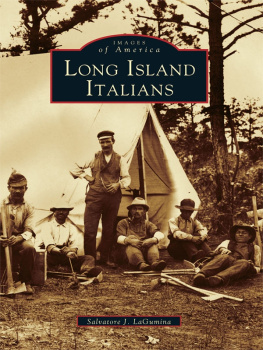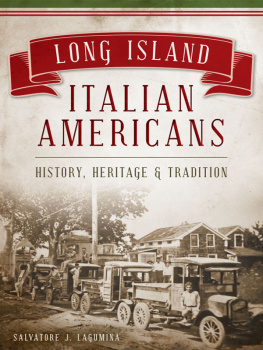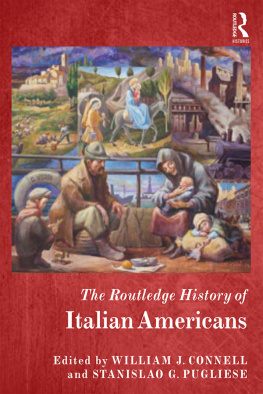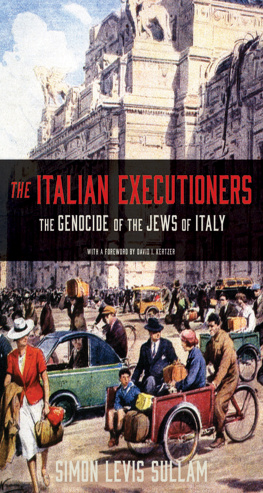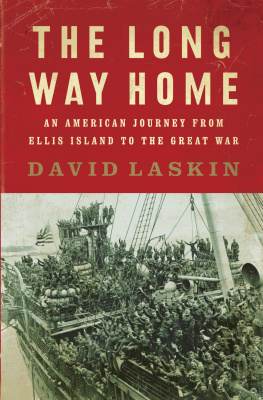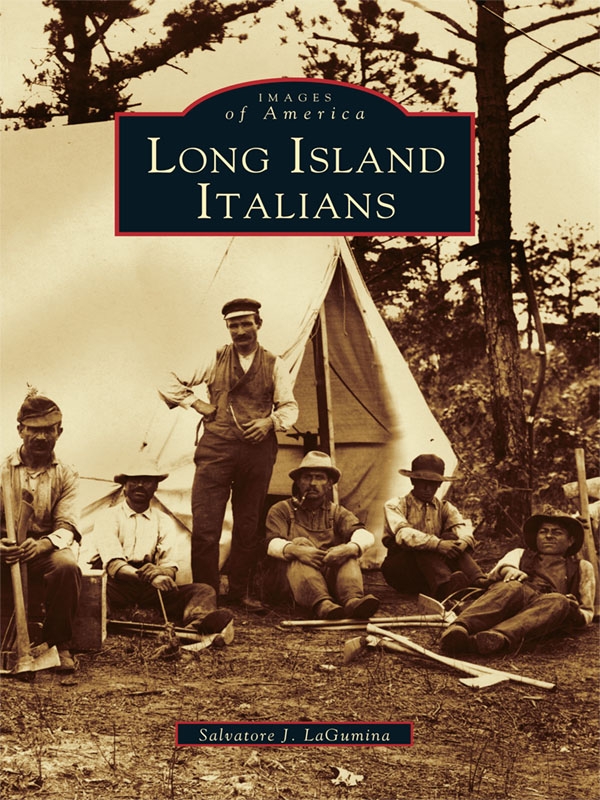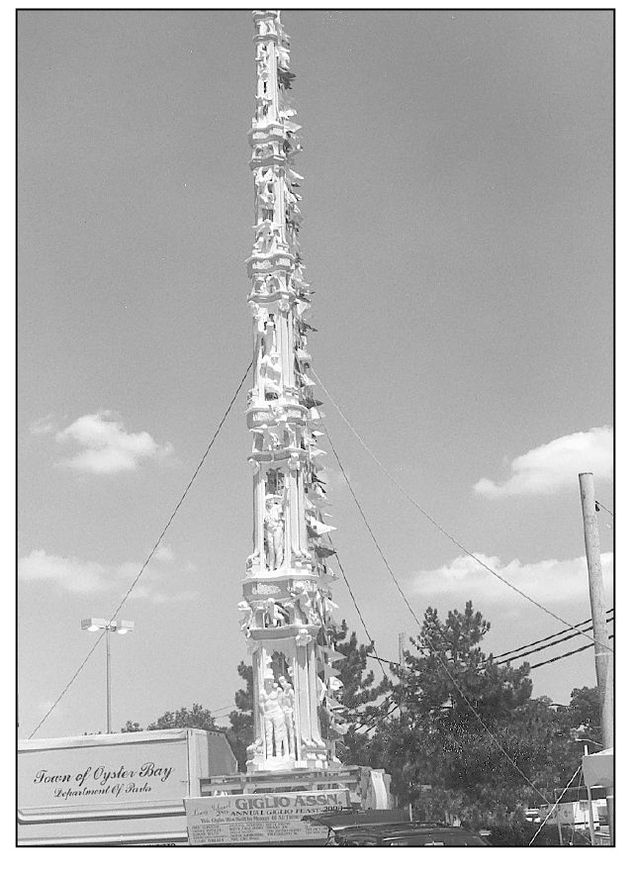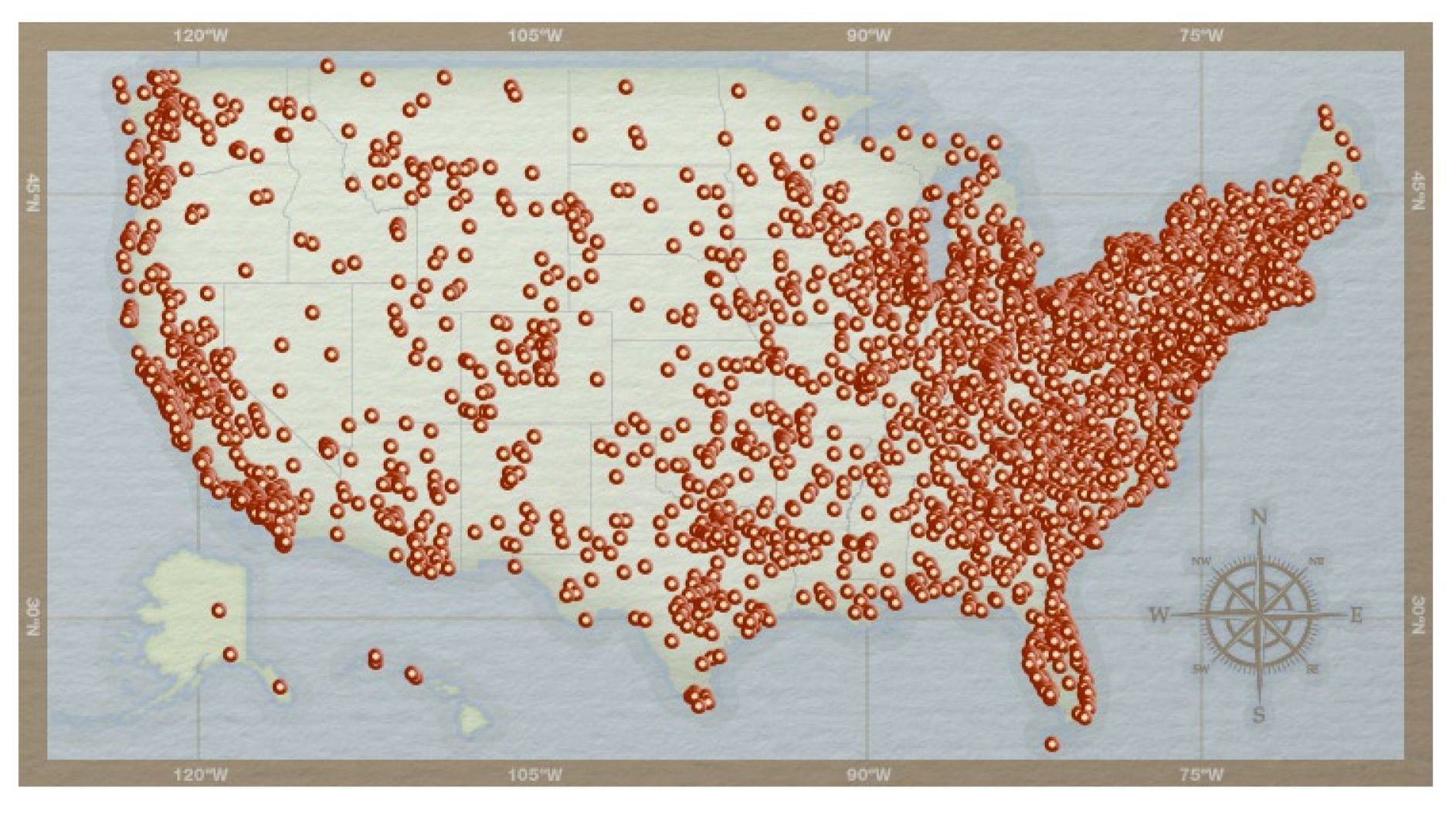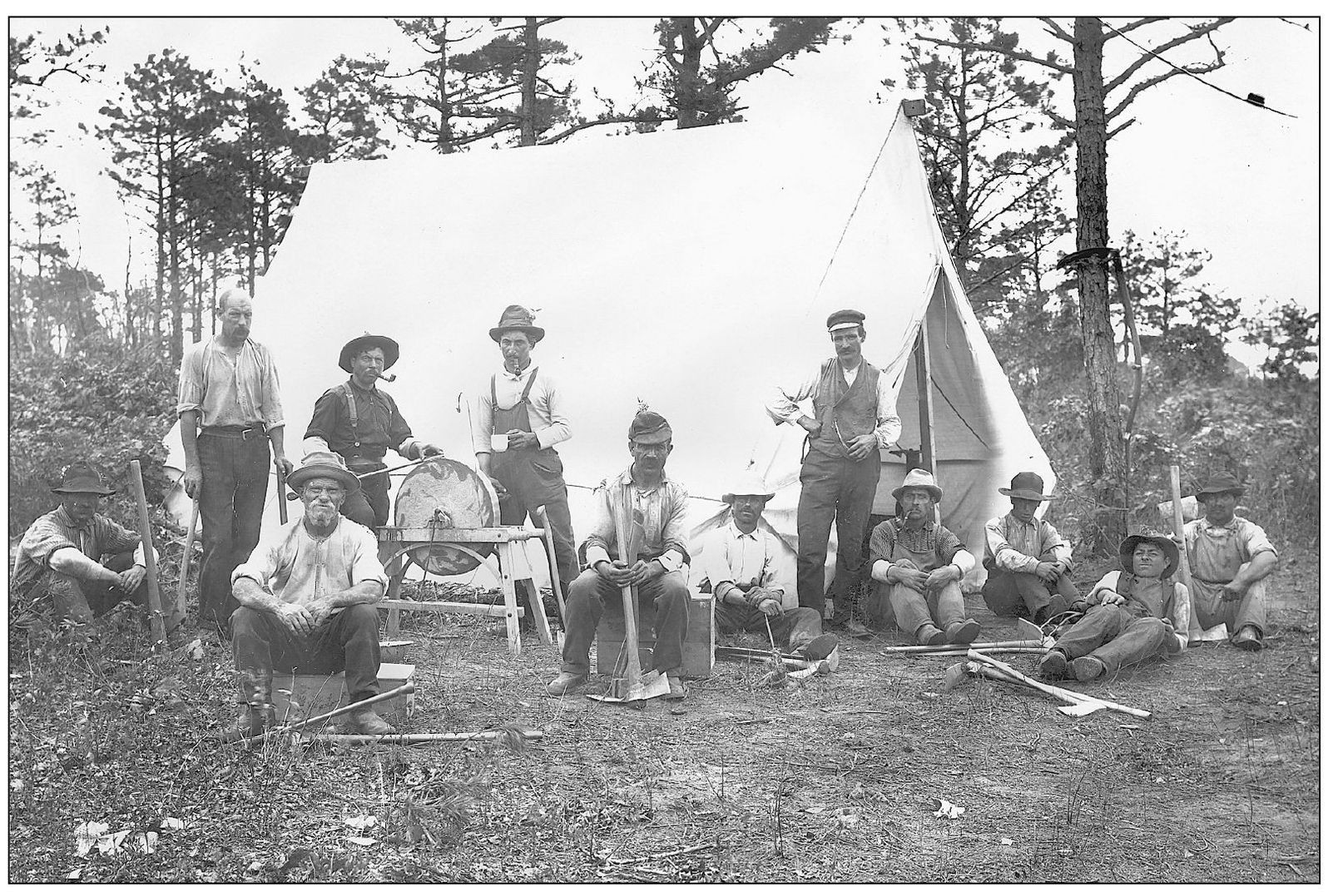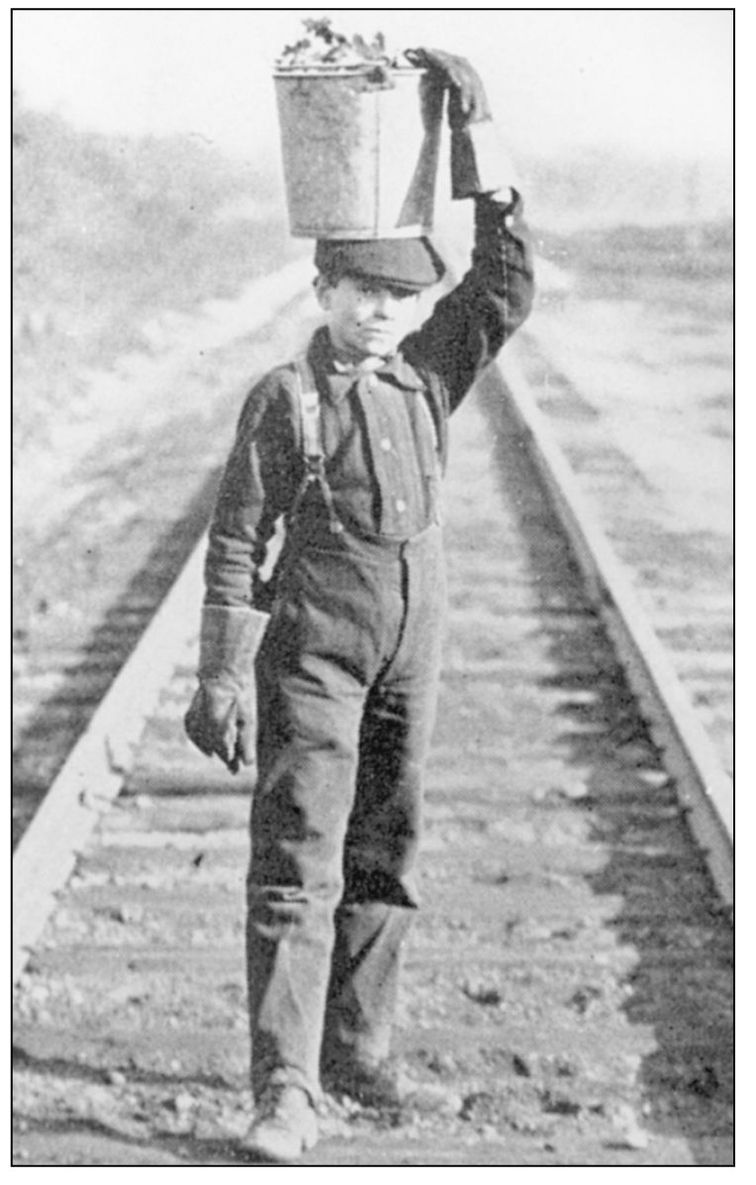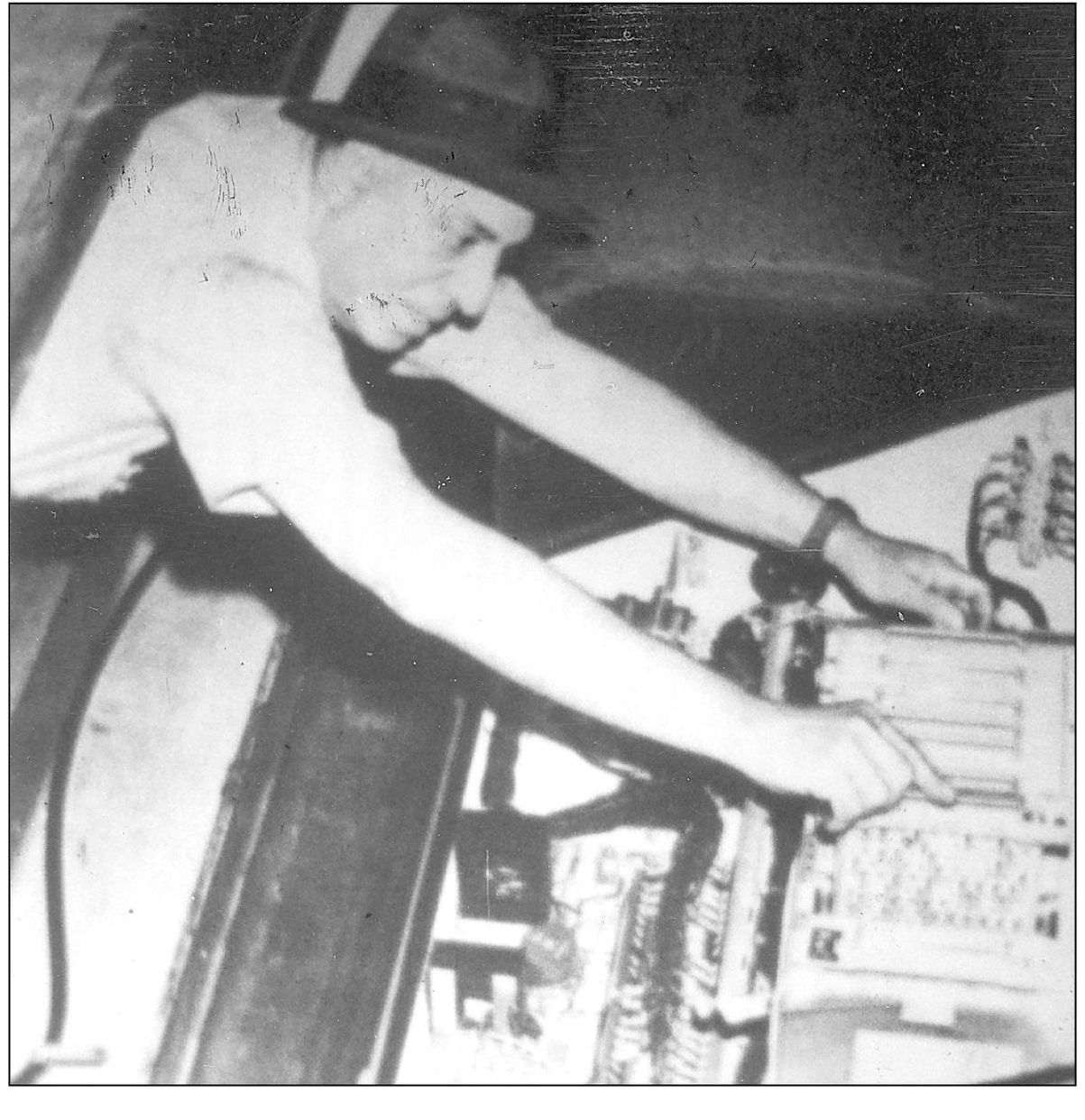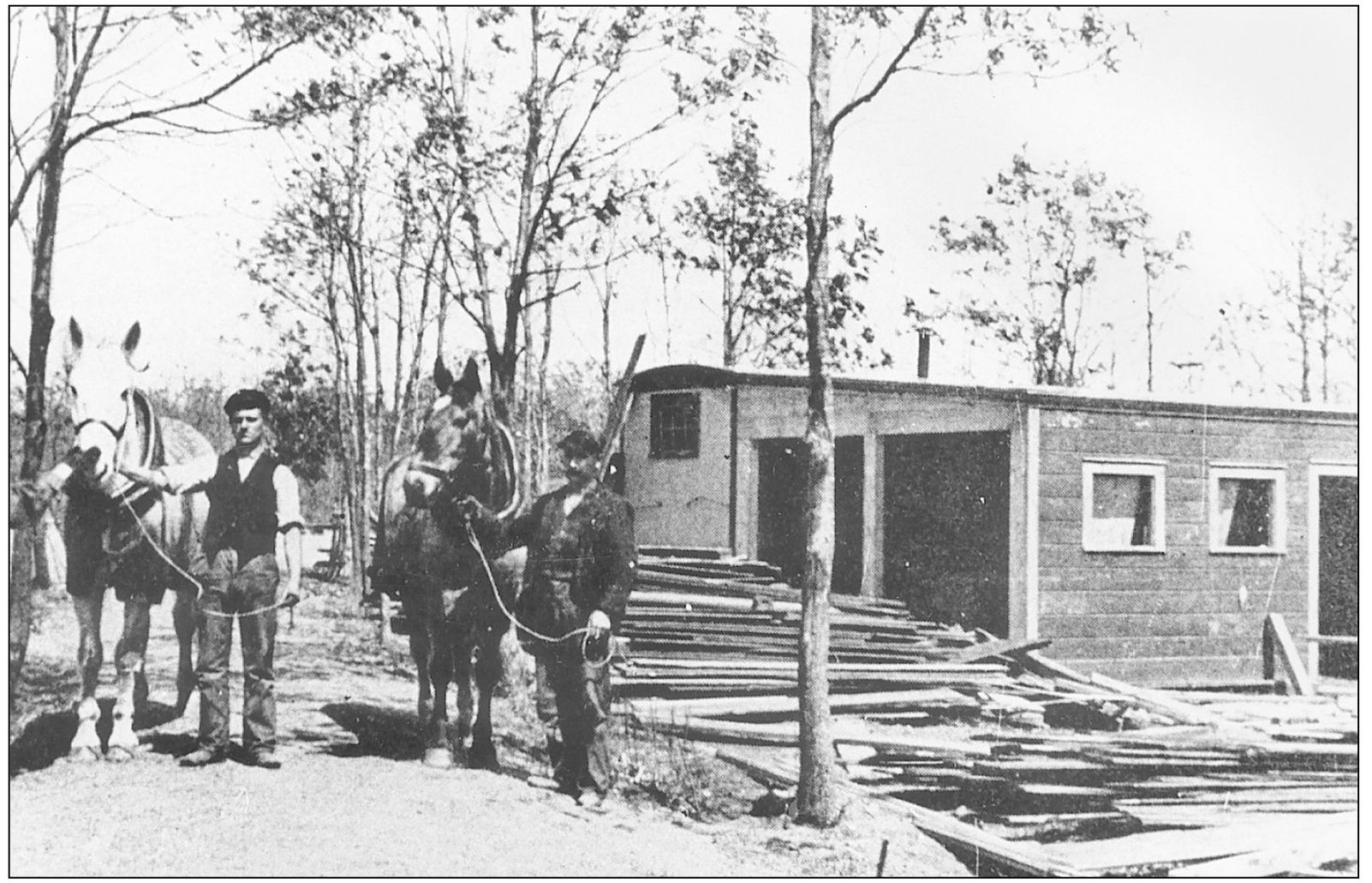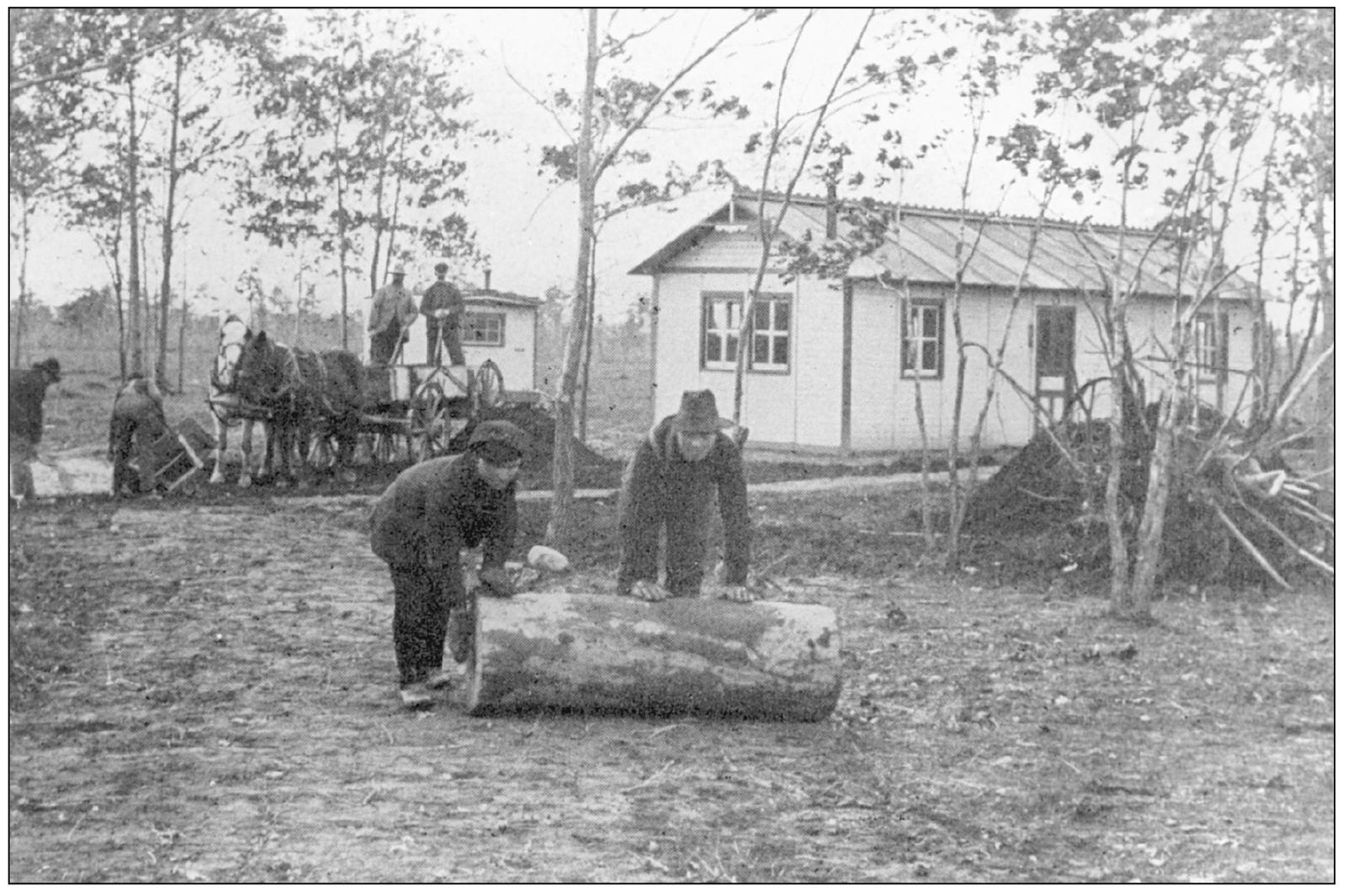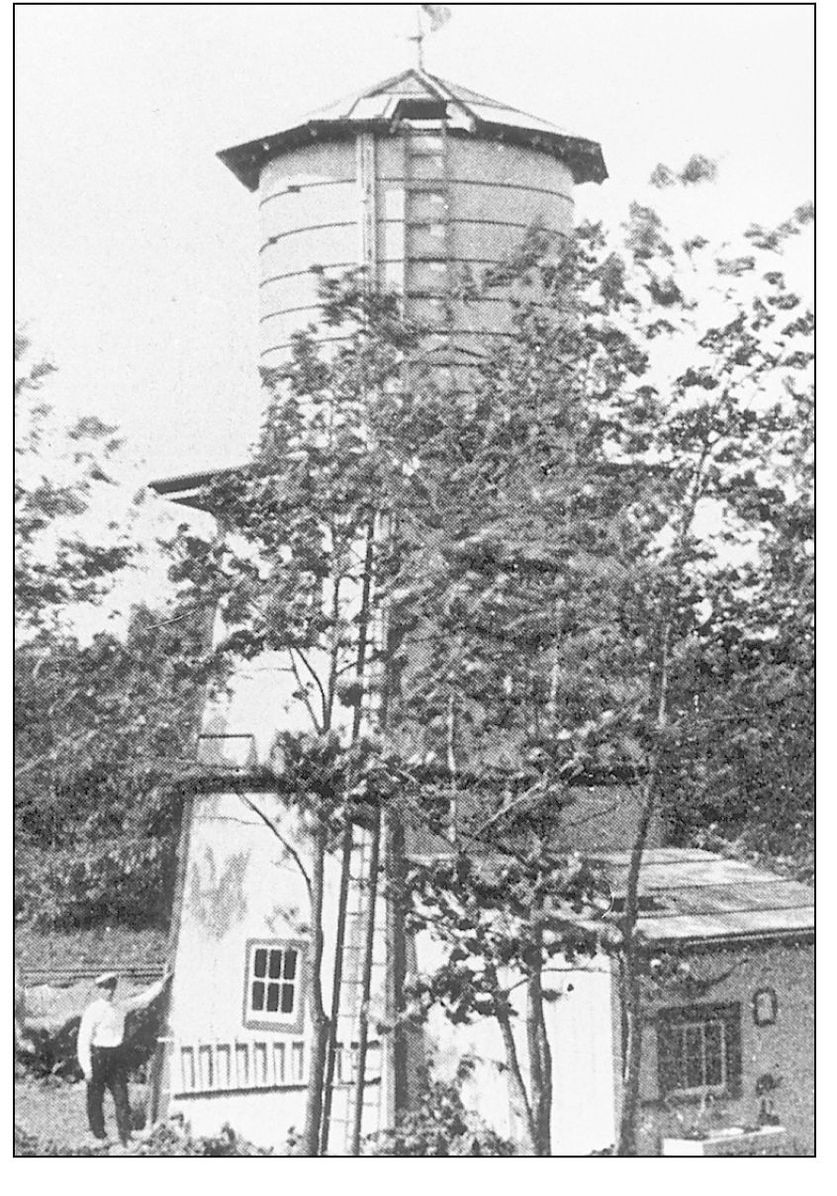One
MAGNET LONG ISLAND
THE SOUTH SHORE
Suburbs were only beginning to emerge by 1900, with Long Island on it way to becoming the prototypical suburban model. The incorporation of Greater New York City in 1898, a major administrative change, affected Long Island in 1898 as Brooklyn and Queens, two counties physically on Long Island, became part of the nations largest municipality. Consequently the Long Island appellation increasingly meant the counties of Nassau and Suffolk, to the east of the city. Into the first couple of decades of the 20th century, the two latter counties retained a bucolic atmosphere reflective of an agrarian past, with only a few industries to mar the rustic scene. Long Islandwith its abundant beaches, lush, green pastures, commodious homes, marvelous landscapes, and serene pasturesremained an attraction for city residents who sought temporary escape from the rigors and stresses of big city living.
From the 1880s, the island also served as an allurement to a small number of Italians who began to establish ethnic enclaves in several communities by World War I (19141918). In the immediate postWorld War II years, Long Island emerged as the nations archetypal suburb as it attracted hundreds of thousands; the largest single ethnic group was made up of Italian Americans. In this setting, Italian Americans could indulge in the dream of owning a home or having a plot of land where they could plant vegetables and be in contact with the earth. They could thereby satisfy their longing to transplant the way of life from the old country to the new.
One of the first places in Nassau County to attract a sizeable number of Italians was Inwood in the southwest corner, where an important Italian enclave had begun to emerge by 1900. Some Italians secured positions as laborers in nearby towns that were developing recreational facilities to serve the expanding New York City population. Other Italians earned a livelihood working on the estates of wealthy landowners. Although many of Inwoods immigrants were Sicilians, the majority was made up of Albanian Italiansthat is, descendants of Albanians who had fled to Italy centuries before and who, in addition to bearing Italian names and speaking Italian, spoke an Albanian dialect as well. This distinctive background survives and is reflected in enduring Albanian Italian organizations.
By the 1920s, Italian immigrants began to move into other communities in the southeastern part of Nassau, such as Valley Stream. Accordingly, Italian mutual aid societies, social organizations, food stores, and feast celebrations flourished.
Foreign labor was critical to the development of transportation, Americas greatest industry. Pictured are Italian workers who helped construct the lines of the Long Island Railroad (LIRR) into eastern Long Island.
Italian work gangs toiled and lived on work sites, as revealed in this photograph. Arduous manual outdoor labor and primitive living conditions marked their lives in temporary tent homes.
Work on the Long Island Railroad was not reserved only for adults, as is shown by this photograph featuring a young Italian water boy.
Working on the LIRR was a lifetime occupation for some Italian Americans, such as electrician Anthony Gorgone of Copiague. He worked with the railroad for 49 years. His Sicilian-born father and his son were also LIRR employees.
Although most Italian immigrants entered the work force as laborers in construction and mining, some used their experience of working the soil in Italy to good advantage on Long Island. Early in the 20th century, they became the mainstay of farm workers for the Long Island Railroad farm enterprises.
In an effort to encourage movement into eastern Long Island, the LIRR established experimental farms in Wading River and Medford. Although there were workers of different nationalities, the company relied increasingly on Italian farm labor.
The ability of Italian farmers to transform scrub oak to fruitful, vegetable-producing land rendered them indispensable on Long Island. Italian immigrant labor transformed seemingly worthless scrub oak land in eastern Long Island into a productive farm enterprise capable of extraordinary results.

